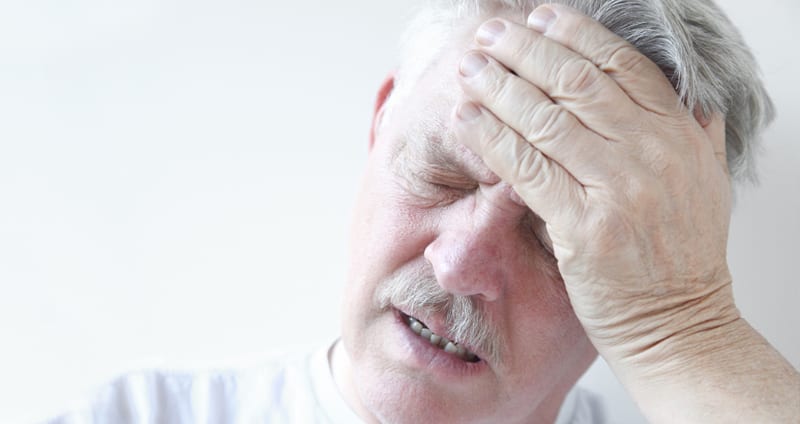
Strokes are one of the leading causes of deaths in Australia. But did you know that more than 80% of strokes can be prevented?
In 2017 there will be more than 55,000 new and recurrent strokes – that is 1000 strokes every week or one stroke every 10 minutes.
So what exactly is a stroke? A stroke essentially happens when blood supply to the brain is interrupted.
Blood is carried to the brain by blood vessels called arteries. That blood contains oxygen and important nutrients for your brain cells. When brain cells do not get enough oxygen or nutrients, they die. The area of brain damage is called a cerebral infarct.
There are two main reasons why the blood flow to the brain may be interrupted or stop flowing through the arteries: either there is an obstruction within the blood vessels supplying blood to the brain (ischaemic stroke) or it occurs when a weakened blood vessel ruptures causing bleeding in or near the brain (haemorrhagic stroke).
Around 30% of stroke survivors are under 65. This means that around 1 in 3 of the 55,000 strokes that happen each year are in people who are still of working age.
Health factors that increase the likelihood of stroke include; high blood pressure, diabetes, certain types of heart disease and high cholesterol.
There are simple ways to decrease your odds of getting a stroke. Diet plays a big role, add a healthy dose of fruits and vegetables to your diet and try to have two to four servings of fish per week. Avoid foods with saturated fats, trans fats, and cholesterol.
The area of the brain that is damaged can actually affect what stroke symptoms a person may have. Headaches, dizziness, numbness in the body, slurred speech, seizures, irregular breathing, and paralysis on one side of the body are some of the more common symptoms.
Sometimes strokes are preceded by one or more transient ischaemic attacks (TIAs) which are brief episodes of stroke-like symptoms. Though these are brief, lasting anywhere from a few to 20 minutes, one in 10 people who experience TIAs have a stroke within 3 months.
In 2017 there will be more than 470,000 people living with the effects of stroke. This is predicted to increase to 709,000 by 2032.
The FAST test is an easy way to recognise and remember the signs of stroke. FAST is quick and simple, and anyone can use it to check if someone is having a stroke;
Face: Check their face. Has their mouth drooped?
Arm: Can they lift both arms?
Speech: Is their speech slurred? Do they understand you?
Time: Time is critical. If you see any of these signs, call 000 straight away
Ten per cent of all stroke victims have an almost full recovery. And 25 per cent survive with minor impairments. However, 65 per cent of stroke survivors suffer a disability which impedes their ability to carry out daily living activities unassisted.
The key is acting fast: If the brain’s blood supply is restored quickly and completely, there is a higher chance the patients will recover with little or no disability.
1.5
3
5